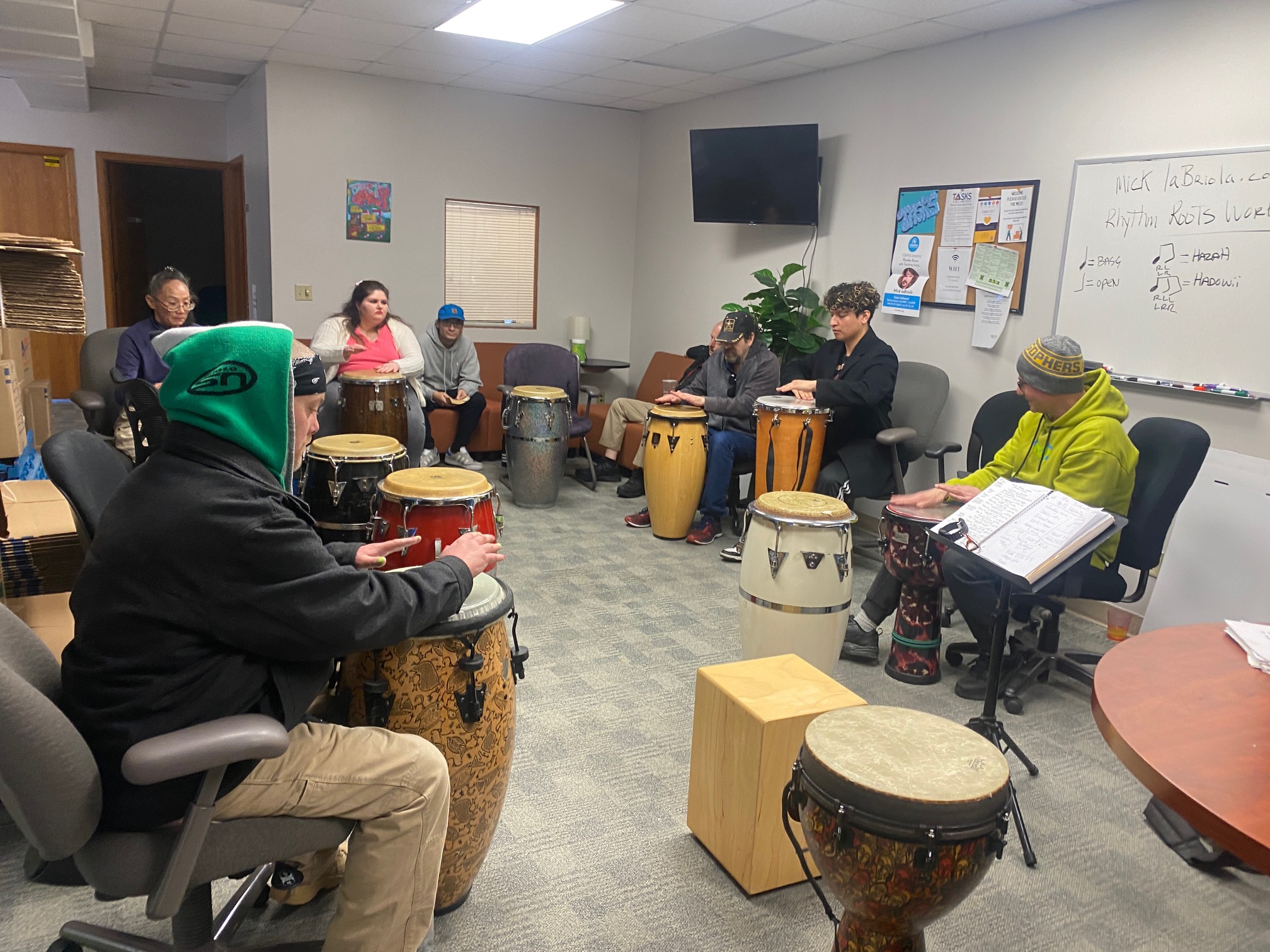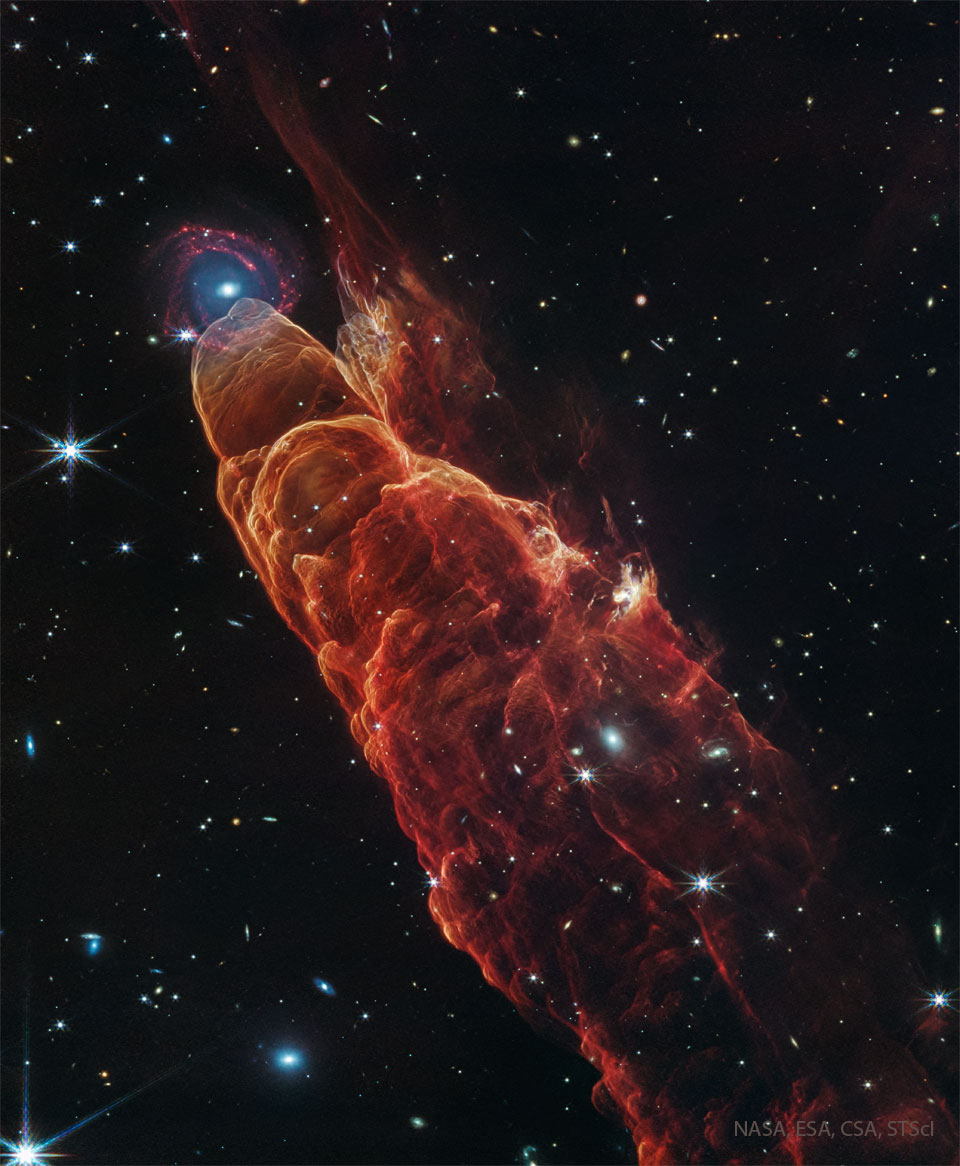Blog



“When I was in Sweden and Denmark years ago it was a given that every citizen helps children. Whether onto the bus, if they are lost, if they need any kind of help, crossing streets or whatever. It was an incredible awakening and comfort so needed by the entire world. Hello America!”
more...Rosco N. Gordon III (April 10, 1928 – July 11, 2002), sometimes billed as Roscoe Gordon, was an American blues singer, pianist, and songwriter. He is best known for his hit songs “Booted,” (1952), “No More Doggin’” (1952), and “Just a Little Bit” (1960). Gordon was a pioneer of the Memphis blues style. He played piano in a style known as the “Rosco rhythm,” with the emphasis on the off-beat. This rhythm was an influence on later musical styles such as Jamaican ska and reggae.
more...Kishori Amonkar (10 April 1932 – 3 April 2017) was an Indian classical vocalist,belonging to the Jaipur Gharana, or a community of musicians sharing a distinctive musical style. She is considered to be one of the foremost classical singers in India.She was a performer of the classical genre khyal and the light classical genres thumriand bhajan. Amonkar trained under her mother, classical singer Mogubai Kurdikar also from the Jaipur Gharana, but she experimented with a variety of vocal styles in her career.
more...38 hours of exposure with a camera and small telescope produced this cosmic photo of the M81 galaxy group. In fact, the group’s dominant galaxy M81 is near the center of the frame sporting grand spiral arms and a bright yellow core. Also known as Bode’s galaxy, M81 itself spans some 100,000 light-years. Near the top is cigar-shaped irregular galaxy M82. The pair have been locked in gravitational combat for a billion years. Gravity from each galaxy has profoundly affected the other during a series of cosmic close encounters. Their last go-round lasted about 100 million years and likely raised density waves rippling around M81, resulting in massive star forming regions arrayed along M81‘s spiral arms. M82 was left with violent star forming regions too, and colliding gas clouds so energetic that the galaxy glows in X-rays. In the next few billion years, their continuing gravitational encounters will result in a merger, and a single galaxy will remain. Another group member, NGC 3077 is below and left of the large spiral M81. Far far away, about 12 million light-years distant the M81 group galaxies are seen toward the northern constellation Ursa Major (the Great Bear). But in the closer foreground the wide-field image is filled with integrated flux nebulae whose faint, dusty interstellar clouds reflect starlight above the plane of our own Milky Way galaxy.

more...
Joey DeFrancesco (April 10, 1971 – August 25, 2022) was an American jazz organist, trumpeter, saxophonist, and occasional singer. He released more than 30 albums under his own name, and recorded extensively as a sideman with such leading jazz performers as trumpeter Miles Davis, saxophonist Houston Person, and guitarist John McLaughlin.
DeFrancesco signed his first record deal at the age of 16 and over the years recorded and toured internationally with David Sanborn, Arturo Sandoval, Larry Coryell, Frank Wess, Benny Golson, James Moody, Steve Gadd, Danny Gatton, Elvin Jones, Jimmy Cobb, George Benson, Pat Martino, Tony Monaco, John Scofield, Lee Ritenour, Joe Lovano, and had prominent session work with a variety of musicians, including Ray Charles, Bette Midler, Janis Siegel, Diana Krall, Jimmy Smith, and Van Morrison.
more...Omar Sosa (born April 10, 1965) is a jazz pianist from Cuba.
A native of Camagüey, Cuba, Sosa studied percussion at the Escuela Nacional de Musica and Instituto Superior de Arte.[2] In the 1980s he started the band Tributo, recording albums and touring with the band. He worked with Cuban vocalist Xiomara Laugart and several Latin jazz bands. In the 1990s he moved from Cuba to Quito, Ecuador; to Palma de Mallorca, Spain; to the San Francisco Bay area, in California, United States; and finally settled in Barcelona, Spain.
While in California, Sosa released his first few albums under his own name. He had received Grammy Award nominations for four of his albums, three in the Latin Jazz category, as of 2020. In January 2011, Sosa and the NDR Bigband[de] (North German Radio Bigband) won the 10th Independent Music Awards (IMAs) in the Jazz Album category for Ceremony. He has also collaborated with Paolo Fresu, Seckou Keita, Adam Rudolph, and many other musicians.
more...Neville O’Riley Livingston OM OJ (10 April 1947 – 2 March 2021), known professionally as Bunny Wailer, was a Jamaican singer-songwriter and percussionist. He was an original member of reggae group The Wailers along with Bob Marley and Peter Tosh. A three-time Grammy Award winner, he is considered one of the longtime standard-bearers of reggae music. He was also known as Jah B, Bunny O’Riley,and Bunny Livingston.
more...The jet: it is being expelled by a star system just forming and is cataloged as Herbig-Haro 49 (HH 49). The star system expelling this jet is not visible — it is off to the lower right. The complex conical structure featured in this infrared image by the James Webb Space Telescope also includes another jet cataloged as HH 50. The fast jet particles impact the surrounding interstellar gas and form shock waves that glow prominently in infrared light — shown here as reddish-brown ridges. This JWST image also resolved the mystery of the unusual object at HH 49‘s tip: it is a spiral galaxy far in the distance. The blue center is therefore not one star but many, and the surrounding circular rings are actually spiral arms. 625ly

more...
Florence Beatrice Price (née Smith; April 9, 1887 – June 3, 1953) was an American classical composer, pianist, organist and music teacher. Born in Little Rock, Arkansas, Price was educated at the New England Conservatory of Music, and was active in Chicago from 1927 until her death in 1953. Price is noted as the first African-American woman to be recognized as a symphonic composer, and the first to have a composition played by a major orchestra. Price composed over 300 works: four symphonies, four concertos, as well as choral works, art songs, chamber music and music for solo instruments. In 2009, a substantial collection of her works and papers was found in her abandoned summer home.
more...Carl Lee Perkins (April 9, 1932 – January 19, 1998) was an American guitarist, singer and songwriter. A rockabilly great and pioneer of rock and roll, he began his recording career at the Sun Studio, in Memphis in 1954. Among his best known songs are “Blue Suede Shoes“, “Honey Don’t“, “Matchbox” and “Everybody’s Trying to Be My Baby“.
According to fellow musician Charlie Daniels, “Carl Perkins’ songs personified the rockabilly era, and Carl Perkins’ sound personifies the rockabilly sound more so than anybody involved in it, because he never changed.” Perkins’s songs were recorded by artists (and friends) as influential as Elvis Presley, the Beatles, Jimi Hendrix, Johnny Cash, Ricky Nelson, and Eric Clapton which further cemented his prominent place in the history of popular music.
Nicknamed the “King of Rockabilly“, Perkins was inducted into the Rock and Roll Hall of Fame, the Rockabilly Hall of Fame, the Memphis Music Hall of Fame, and the Nashville Songwriters Hall of Fame. His recording of “Blue Suede Shoes” was inducted into the Grammy Hall of Fame.
more...Stephen Kendall Gadd (born April 9, 1945) is an American jazz fusion drummer, percussionist, and session musician. Gadd is one of the best-known and most highly regarded session and studio drummers in the industry, recognized by his induction into the Modern Drummer Hall of Fame in 1984. Gadd’s performances on Paul Simon‘s “50 Ways to Leave Your Lover“ (1976) and “Late in the Evening“ (1980), Herbie Mann‘s “Hi-jack” (1975) and Steely Dan‘s “Aja“ (1977) are examples of his style. He has worked with other popular musicians from many genres including Van McCoy, Simon & Garfunkel, James Taylor, Chick Corea, Chuck Mangione, Randy Crawford, Eric Clapton, Michel Petrucciani, and David Gilmour.
more...Beau De Glen “Mance” Lipscomb (April 9, 1895 – January 30, 1976) was an American blues singer, guitarist and songster.
Lipscomb was born April 9, 1895, near Navasota, Texas. His father had been born into slavery in Alabama; his mother was half African American and half Native American.As a youth, Lipscomb took the name Mance (short for emancipation) from a friend of his oldest brother, Charlie. His father left home when he was a child, so he had to leave school after the third grade to work in the fields alongside his mother. For most of his life, Lipscomb supported himself as a tenant farmer in Texas. His mother bought him a guitar and he taught himself to play by watching and listening. He became an accomplished performer then and played regularly for years at local gatherings, mostly what he called “Saturday night suppers” hosted by someone in the area. He and his wife regularly hosted such gatherings for a while. Until around 1960, most of his musical activity took place within what he called his “precinct”, the area around Navasota, Texas.
He was discovered and recorded by Mack McCormick and Chris Strachwitz in 1960, during a revival of interest in the country blues. He recorded many albums of blues, ragtime, Tin Pan Alley, and folk music (most of them released by Strachwitz’s Arhoolie Records), singing and accompanying himself on acoustic guitar. Lipscomb had a “dead-thumb” finger-picking guitar technique and an expressive voice. He honed his skills by playing in nearby Brenham, Texas, with a blind musician, Sam Rogers.
more...More Posts
- Jesus, Santa and Coke a Cola
- Cosmos MACS J0138.0-2155
- Esther Phillips
- Frank Morgan
- Chet Baker
- World Music Shir Gadasi
- Daily Roots Alton Ellis
- Jesus, Santa & Coke
- Mt Zion Shabbat for the Soul
- Cosmos NGC 4038 Group
- Frank Gambale
- John Patitucci
- Lil Green
- Flamenco Fridays Paco de Lucia
- Daily Roots Horace Andy
- Happy Winter Solstice 2023
- Cosmos C/2020 V2 ZTF The Grus Triplet
- Paco de Lucia
- Frank Zappa
- Hank Crawford
